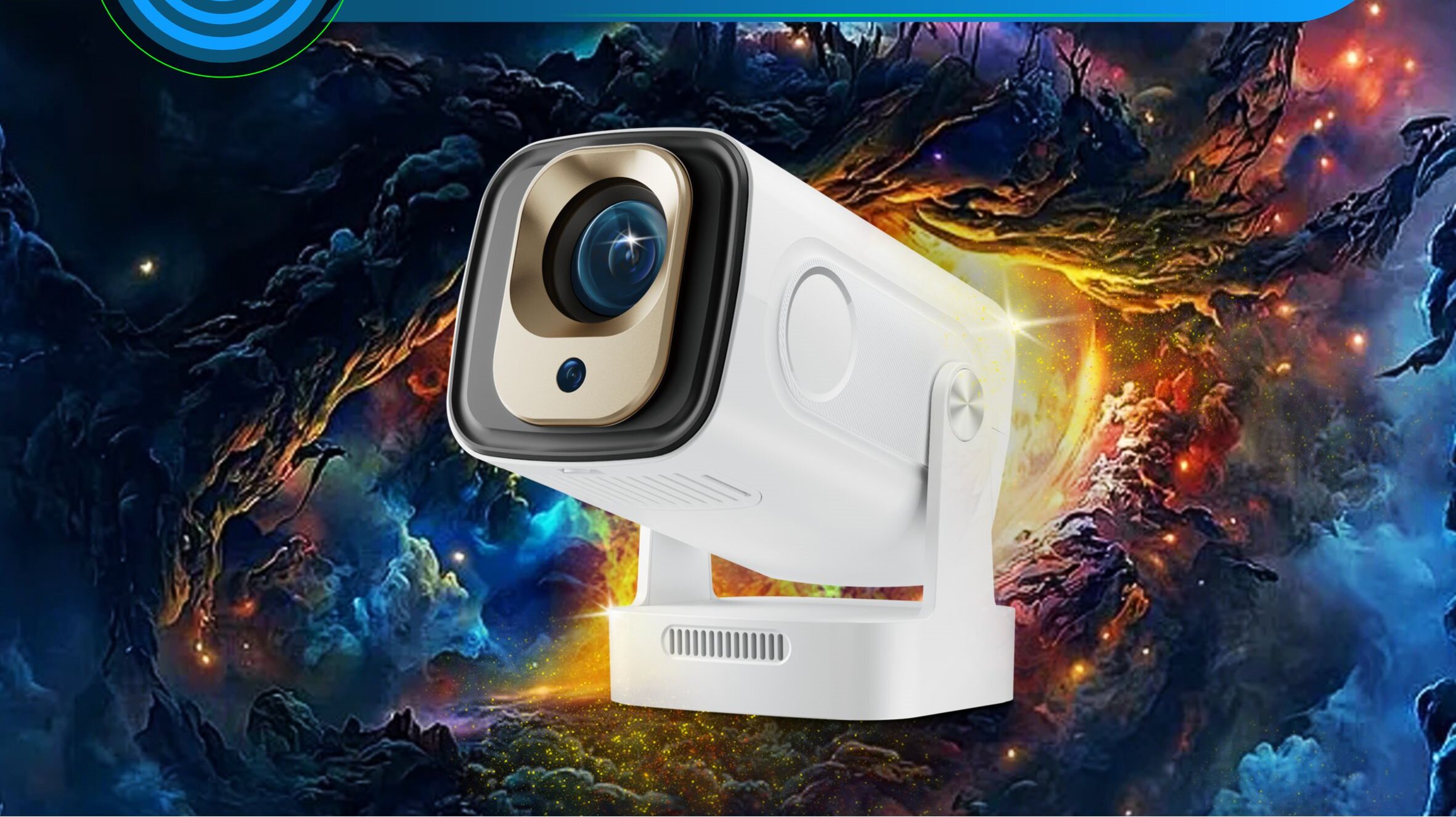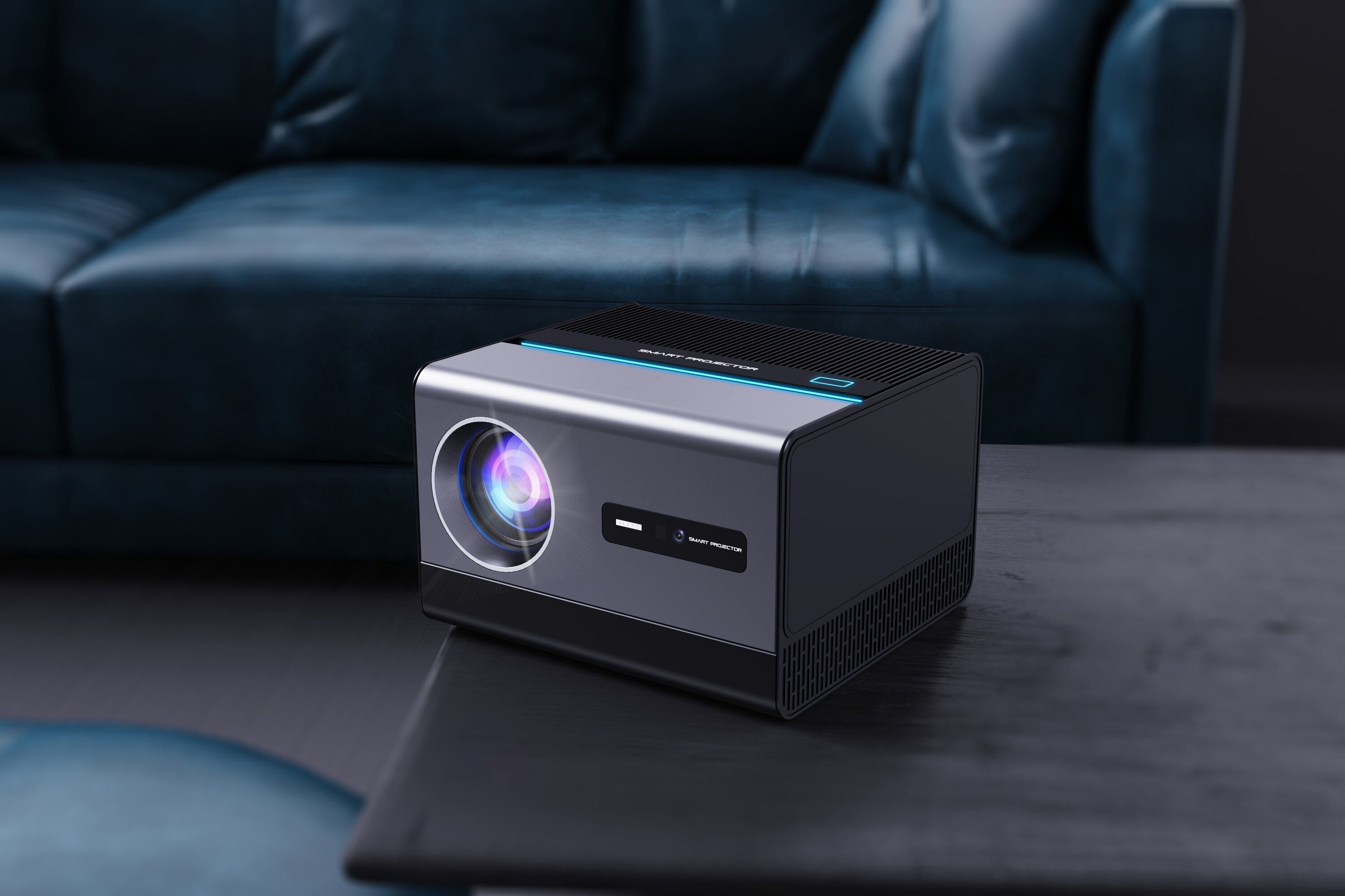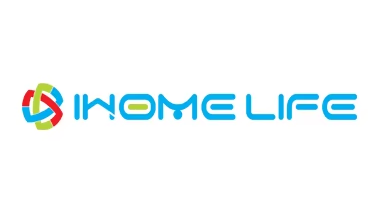Exploring New Applications and Untapped Markets: Projection Growth Demands Fresh Thinking
2025-03-27
I. Regional Market Analysis: Saturation in Mature Markets vs. Untapped Potential
China Mainland remained the world's largest projector market in 2024, with shipments of 6.893 million units, though this marked a 3.1% year-on-year decline. Its global market share dropped from 37.9% in 2023 to 34.2% in 2024 and is projected to stabilize at 15–20% in the long term. As the first market to innovate in projection usage scenarios, its high maturity and saturation now hinder further domestic growth. Consequently, Chinese brands and supply chains must increasingly rely on overseas markets for expansion.

Similarly, North America, the second-largest market, shipped 4.267 million units in 2024 (+5.6% YoY), accounting for 21.6% of global sales. Given its smaller population but higher purchasing power, North America has a higher per capita adoption rate. However, as growth slows, its ability to drive global net increases is diminishing.
Meanwhile, Western Europe saw explosive growth in 2024, with shipments exceeding 3.8 million units (+48% YoY), raising its global share by 5.2 percentage points to 19%. It now leads in per capita consumption, but this surge may have accelerated saturation by pulling forward future demand.
Key Insight: Combined, China, North America, and Western Europe—representing a quarter of the world’s population—contribute 75% of global projector sales, signaling limited future growth potential. In contrast, the remaining 60 billion people outside these regions remain largely untapped. For example: Latin America shipped nearly 900,000 units in 2024 (+20% YoY), reflecting low baseline demand but high growth momentum. Eastern Europe, Middle East & Africa each hold just 2–3% of the global market, misaligned with their population and economic weight. Asia (excluding China) maintains steady shipments above 3 million units, with significant room for expansion.
"A Stark Structural Divide" defines the global projection market: saturation in mature economies versus vast unpenetrated regions. The industry’s future hinges on unlocking high-growth opportunities in underserved markets, where adoption rates remain far below potential.
II. Mastering Consumer Trends Demands Product Innovation
In 2024, Western Europe delivered a surprise to the global projector market: sales surged to 3.8 million units, a remarkable 48% year-on-year increase, accounting for 88% of the global growth. This standout performance was particularly striking amid the broader trend of sluggish growth in global projector consumption.
What drove this exceptional growth?
Beyond the boost from sports-related large-screen viewing demand (including events like the Paris Olympics), the key driver was the success of a unique projector category: "barrel-style projectors"!
These devices, named for their cylindrical, cannon-like design, combine a futuristic aesthetic with portability. Typically equipped with multi-functional stands that allow 180-degree rotation, they offer flexible projection angles for diverse scenarios—such as ceiling or wall projections. Compact enough to be held in one hand, they not only meet functional needs but also incorporate a "novelty toy" appeal, making them a favored "quirky-tech" gift among young consumers overseas.

Alternatively, the barrel-style projector doesn’t represent a breakthrough in "projection technology innovation" per se, but rather an upgrade in "form factor design." Yet, the fact that a more user-friendly product design alone can drive market growth underscores the "boundless" nature of innovation in this industry.
The core strength of projection optics lies in compactness and flexibility—not just in application but also in other dimensions:
1/ Design: Sleek, portable, and adaptable (e.g., barrel-style or gimbal-mounted models).
2/ Integration: Combining projection, speakers, and ambient lighting into multifunctional devices.
3/ Features: Ultra-short-throw capabilities, multi-device screen stitching, and more to enhance "playability."
Evidence of this "playability" trend? In China’s smart projector market in 2024, gimbal-designed models captured 35.9% of sales, a staggering 28.9-percentage-point YoY increase (up over 400%), with evolution toward motorized, all-in-one designs.
Another 2024 Highlight: The Laser Boom
Globally, laser projectors hit 2.226 million units (+17.8% YoY), surpassing 1 million units in both China and overseas for the first time (per RUNTO data). While 17.8% growth is "solid" but not "explosive," two contextual factors stand out:
1/ Declining Non-Consumer Demand: Laser projectors for commercial, education, and engineering applications shrank globally, dragging down overall potential growth.
2/ Low Penetration: Laser models still account for <10% of global sales, with China dominating adoption.
In China’s smart projector sector, laser/hybrid-light models reached 13.7% online market share (+57% YoY), adding 400K units—exceeding the global net increase of 340K. This signals:
1/ A sharp contraction in non-household laser demand elsewhere; China’s leadership in driving the next wave of global trends.
2/ Domestic innovation is poised for global export: Smart laser projectors could become China’s next tech flagship, accelerating both market upgrades and brand globalization.
4K’s Parallel Ascent
In 2024, 4K UHD projectors captured 9.0% of China’s market (+3.8pp YoY), with sales surging 70%. Growth was fueled by:
1/ High-end standardization: 4K becoming default in 5,000+ RMB models;
2/ Price democratization: Entry-level 4K options now at 3,000+ RMB.

From the perspective of projection applications, the home consumer projection market faces an awkward reality of offering "large screens without 4K resolution" - a stark contrast to 4K becoming standard in large-screen LCD TVs. As 4K content continues to grow and eventually becomes mainstream, the lack of 4K resolution will emerge as the biggest bottleneck for large-screen projection entertainment experiences. Therefore, driving 4K adoption represents the main trajectory for future technological advancement and innovation in the projection industry.
The need for 4K extends beyond home entertainment to professional and commercial applications as well. This trend will ultimately be confirmed by the widespread adoption of 4K ultra-HD content. Even in a global projection market with limited overall growth, we can still identify high-growth segments like barrel-style projectors, gimbal-mounted devices, laser projection, and 4K technology. Particularly in China, we maintain global leadership in the adoption and development of gimbal mechanisms, laser technology, and 4K resolution. This presents structural opportunities for market growth while clearly pointing the direction for industry innovation!
For China's projection industry, future global competition requires:
1/ Greater focus on developing markets beyond mature regions;
2/ Maintaining our leadership in innovative practices demonstrated in the domestic market;
3/ Achieving new breakthroughs in core proprietary technologies.
These are the keys to:
1/ Sustaining and strengthening our national projection industry;
2/ Promoting high-quality development;
3/ Deepening the integration between "large-screen projection" and "new lifestyles";
4/ Making significant contributions to global consumption growth.

Name: Janice
Email: sales11@ihomebox.com.cn
Tel/Whatsapp: +86 19926651189

